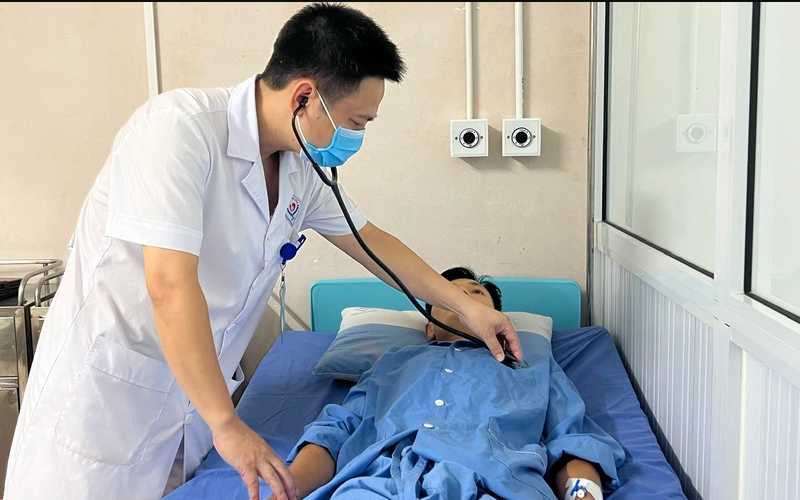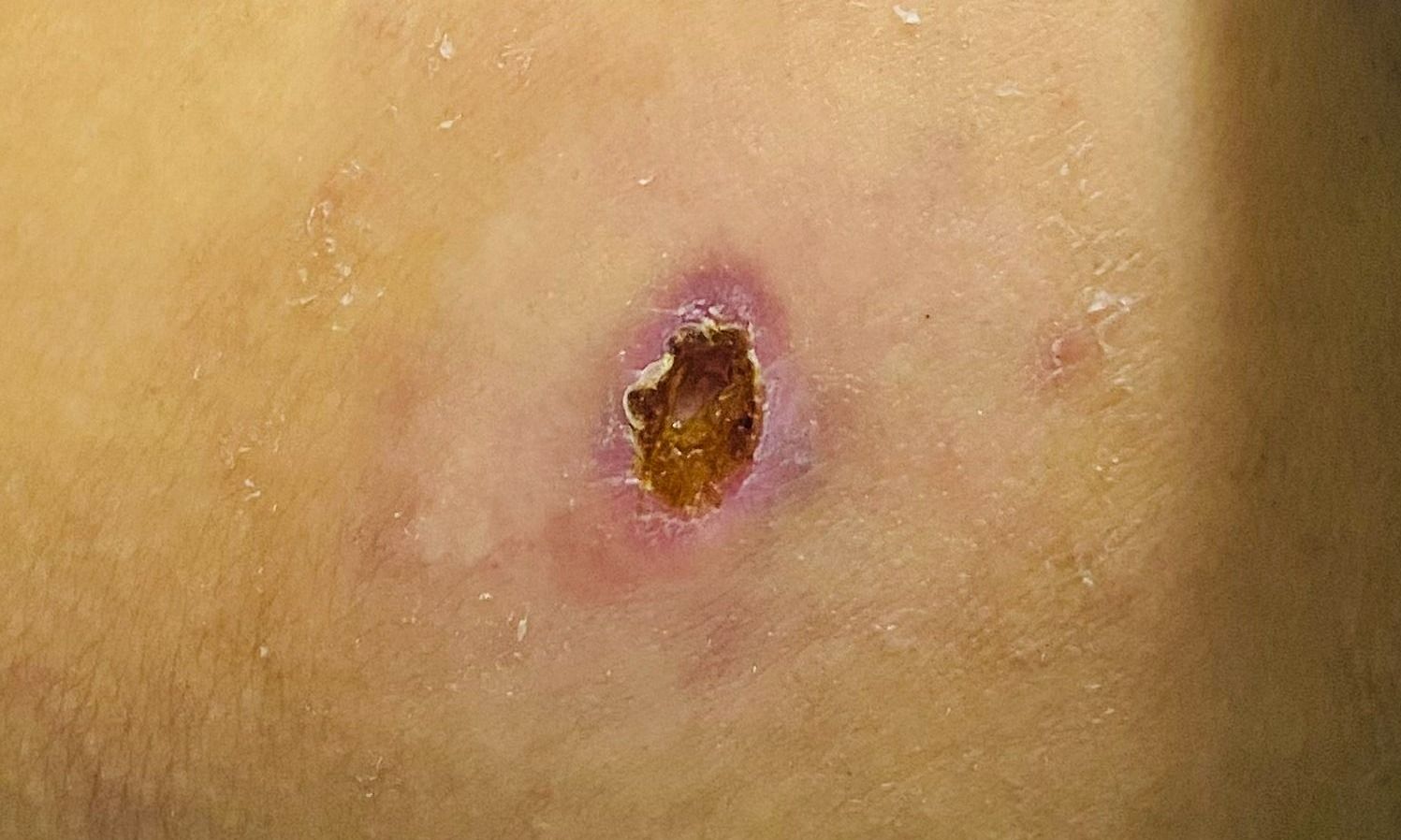Add a new nCoV strain with an unusual mutation
The WHO and the US CDC track the nCoV strain called BA.2.86, also known as Pirola, which carries unusual mutations in the spike protein compared to its "ancestor" BA.2.
According to the Centers for Disease Control and Prevention (CDC), this is a new version of Omicron, possessing different mutations compared to previous strains. It has attracted the attention of scientists, although it has not yet caused many infections.
Dr. Jesse Bloom, a virologist at the Fred Hutchinson Cancer Center in Seattle, says the mutations give Pirola an evolutionary step equivalent to the one that originally created Omicron. Similarly, says Morten Rasmussen, a researcher at Statens Serum Institut, "this change is unusual when a strain develops new mutations".
According to GISAID, the global genome sequencing database, BA.2.86 has more than 30 mutations, more than circulating strains. The WHO classifies it as 'with a large number of mutations', recommending that countries step up the sequencing of the virus. Scientists have not yet determined whether these mutations increase the transmission rate or cause severe disease of the virus.
In the US, weekly hospital admissions increased 14.3% from 9,000 to 10,320. According to the Michigan Department of Health and Human Services, authorities detected one case of BA.2.86 last week. The patient is an elderly person with mild symptoms and does not require immediate hospitalization.
In the UK, hospital admissions increased by 17.4%, from August 5 to August 12, according to the UK Health Security Agency (UKHSA). According to experts, this increase is much lower than in previous outbreaks. The use of vaccines, previous natural infections and people's sense of personal hygiene have stabilized the herd immunity barrier.
Because BA.2.86 is so new, experts have not been able to learn about the specific symptom. The CDC says people need to protect themselves with the same methods they've used during the three years of the pandemic. The new strain can carry Omicron symptoms such as runny nose, stuffy nose, headache, fatigue, sneezing, sore throat, cough.

According to the CDC's recommendation, people who test positive for nCoV can isolate at home, open ventilation doors, wear masks when in contact with others, monitor symptoms and stay in touch with health stations. local.
Experts say that when Covid-19 becomes an endemic pathogen, new strains will emerge over time. Recently, WHO monitored two strains, BA.2.86 (Pi) and EG.5. In particular, EG.5 contains genetic characteristics that make the virus more contagious, evading the body's immune system, difficult to detect when tested or making the disease worse.
Omicron strain appeared in the world for more than 20 months, now circulating in most countries and predominate. This strain is constantly changing. To date, scientists have recorded more than 500 sub-variants of Omicron, all with fast-spreading properties but no clear evidence of severe cases.
* SOURCE: https://vnexpress.net/them-bien-chung-ncov-moi-mang-dot-bien-bat-thuong-4644745.html









 Facebook
Facebook
 Tweet
Tweet
 Zalo
Zalo







 News
News

















 Sign in with Facebook
Sign in with Facebook
 Sign in with Google
Sign in with Google